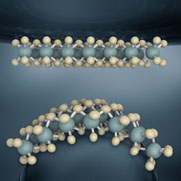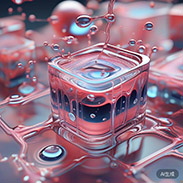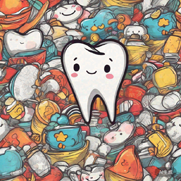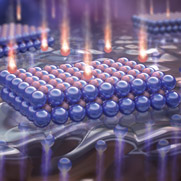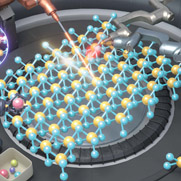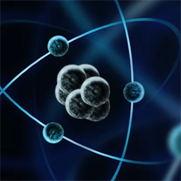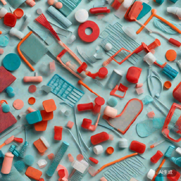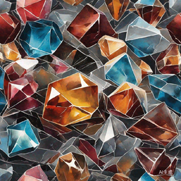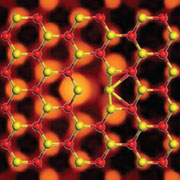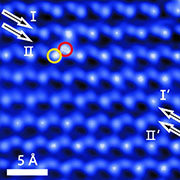
High-entropy alloy nanoparticles (HEA-NPs) show great potential as functional materials. However, thus far, the realized high-entropy alloys have been restricted to palettes of similar elements, which greatly hinders the material design, property optimization and mechanistic exploration for different applications. Herein, we discovered that liquid metal endowing negative mixing enthalpy with other elements could provide a stable thermodynamic condition and act as a desirable dynamic mixing reservoir, thus realizing the synthesis of HEA-NPs with a diverse range of metal elements in mild reaction conditions. The involved elements have a wide range of atomic radii and melting points. We also realized the precisely fabricated structures of nanoparticles via mixing enthalpy tuning.



